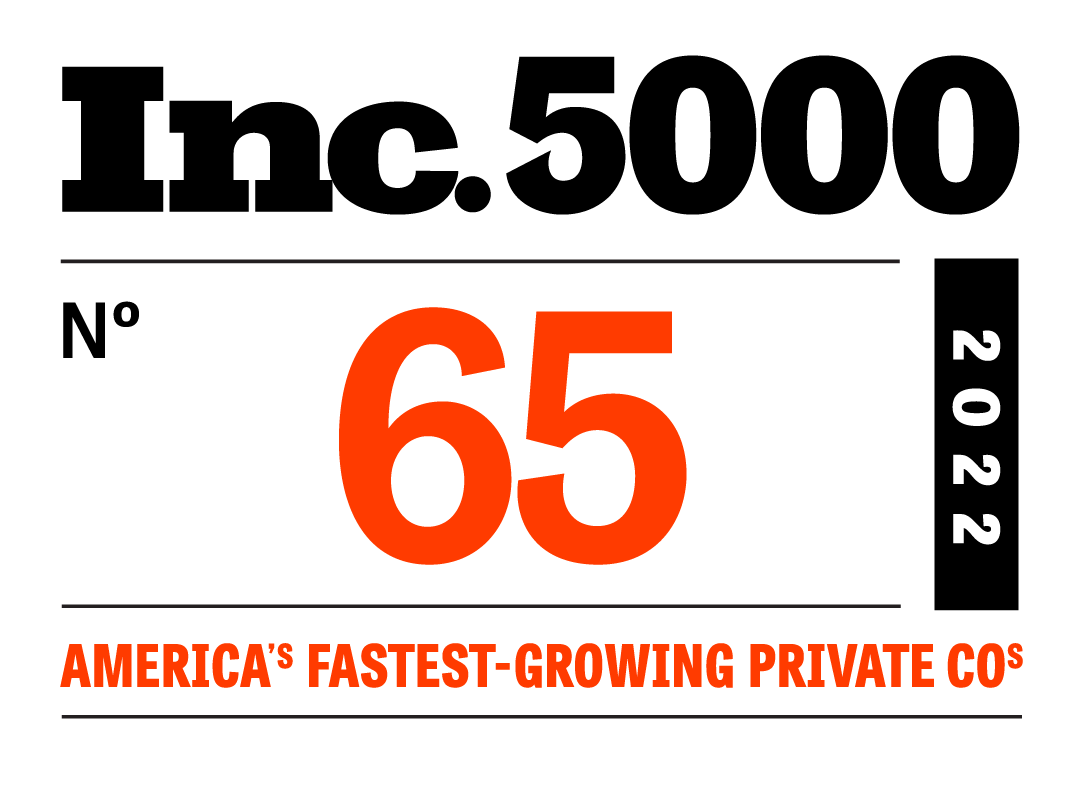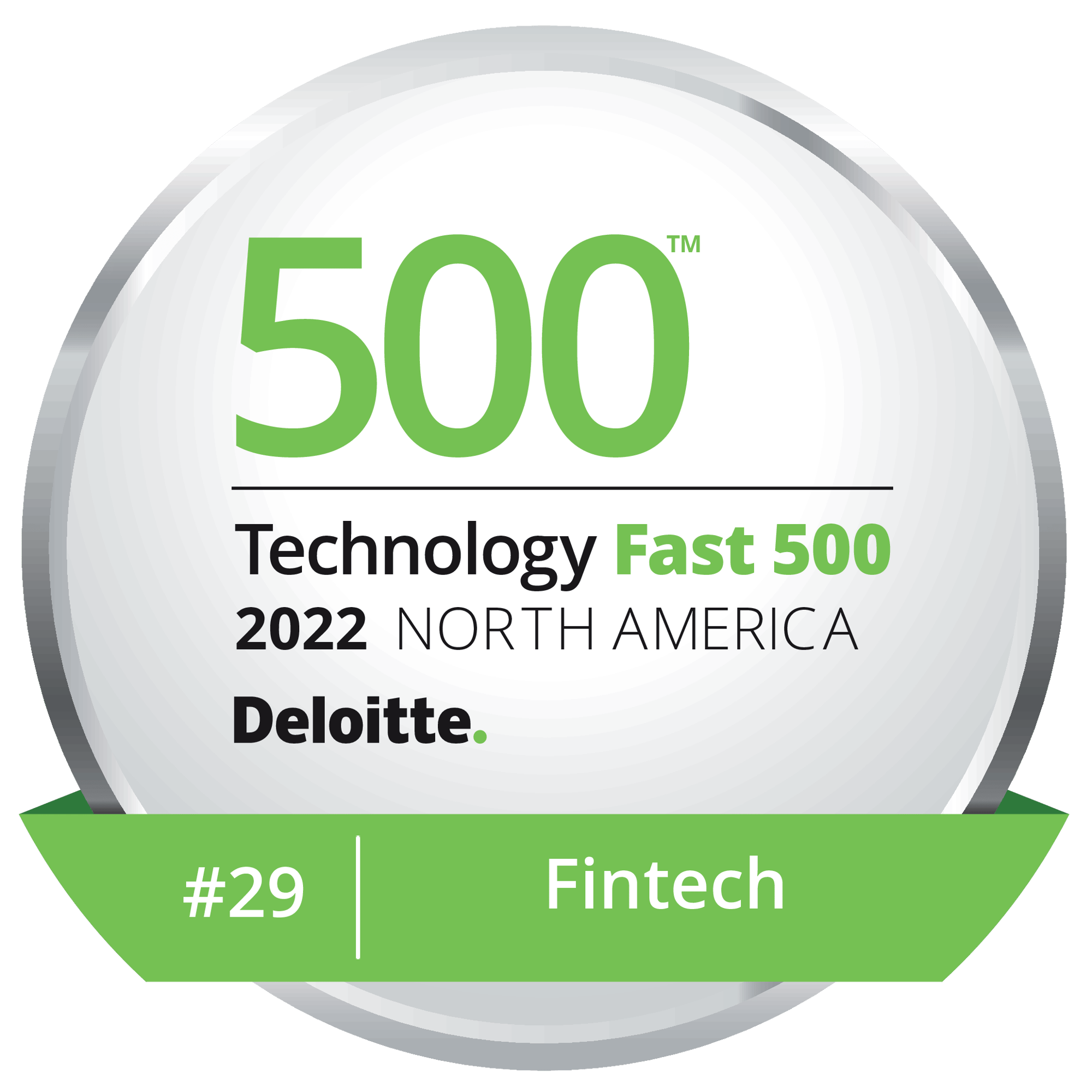
Since March, COVID-19 has forced businesses out of local branches and into lenders’ digital channels--a trend that doesn’t seem to be reversing any time soon.
According to recent data from Bank Director’s 2020 Technology Survey, 97 percent of respondents said they saw an increased adoption of digital channels among their customers, with 50 percent reporting that their customers prefer this digital-first experience.
This potentially permanent reshaping of consumer behavior has instilled a sense of urgency throughout the industry, forcing many to reconsider their current technology timelines and to expand the scope of digital transformation within their institutions.
Many banks and credit unions got a head start on this trend when it became clear that they would be responsible for distributing billions of dollars in Paycheck Protection Program loans. According to Bank Director, a full 70 percent adopted technology to address this surge in demand. Further, as Bank Director’s VP of Research Emily McCormick recently told us during a Weekly Q&A Session, bank technology budgets are on the rise even in the face of the pandemic, and the urgency to address technology gaps is at a high.
Digital lending is one such area where significant technology gaps exist for banks and credit unions. It’s also where investment in technology can pay significant dividends for lenders by creating the types of efficiency gains essential to growth in 2021.
As banks and credit unions consider the many solutions, vendors, and features available to them today, here’s why data, speed, and simplicity are essential to any good digital lending technology.
Data: The best lenders are using digital lending software and technology to make it as easy as possible for customers to get the products they need. Accomplishing this doesn’t just mean providing online loan applications--it means making it easier for a business to complete that application by pre-filling as much of it as you can for them. Doing something like that requires a sophisticated use of data and as anyone who has ever worked with bank data knows, it’s a mess. It’s essential that you talk to potential vendors or fintech partners about how they use data: what sources they pull from, how they put it to use for the lender and the borrower, and what you can do with it, for example. The best digital lending technologies pull from a number of reliable sources and can clean the data so it’s both reliable and actionable.
Speed: When you think of speed in digital lending, you might think about the five-minute, or “coffee break” business loan. But today, speed is about so much more than how quickly you can get from application start to account funded. As many lenders learned at the start of PPP one of the most important “speed metrics” is time-to-value--or how quickly a bank or credit union can get set up and integrated with a new technology. The best digital lending providers have found ways to minimize integration times from weeks and months to as little as a day, allowing lenders to get their products to businesses more quickly. As our CEO recently wrote for FinXtech, it’s this kind of speed that allowed community and regional institutions to compete with those 10X their size during PPP.
Simplicity: Software for banks hasn’t historically been the most user friendly. But that’s largely changing thanks to a new generation of fintechs that, rather than compete with banks and credit unions, are partnering with financial institutions to help them modernize their capabilities. That said, it’s key that a new lending platform, for example, is easy for your bankers to adopt. But it’s equally as important that it provides a simple, streamlined experience for the borrower. The best digital lending technologies go as far as to provide customers with self-service functionality, meaning they can start an application, complete it, and receive a decision all without ever having to step foot into a branch or have a conversation with an associate.
While COVID-19 is the obvious catalyst for the sudden shift to digital lending, it’s the convenience and exceptional customer experience digital channels provide that keeps borrowers coming back.
And while providing an exceptional digital lending experience is certainly key to customer retention, as Barlow Research Associates recently pointed out, it’s also become a key avenue for attracting new borrowers.
As financial institutions consider different digital lending technologies on condensed timelines due to the urgency of the moment, it’s data, speed, and simplicity that will prove essential in helping them keep their current borrowers, and attract new ones.






